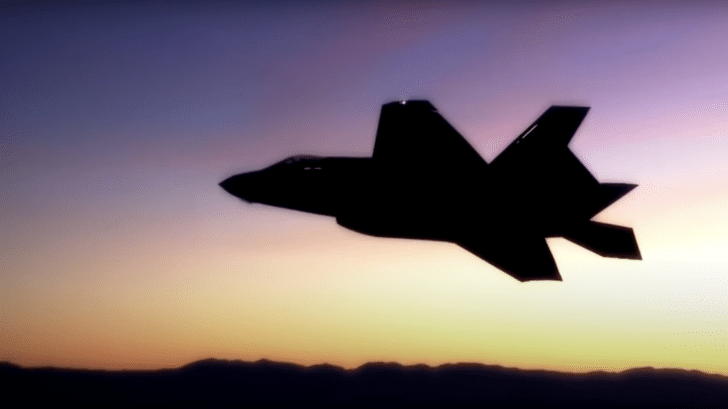A group of advanced and experimental aircraft known as the X Planes are quietly maturing toward changing the way we incorporate aviation technology.
Developed by a combination of Defense Department insiders and America’s leading aerospace contractors, these X planes provide an exciting glimpse into the future of air power.
History
X Planes have always been part of American aviation for over 77 years. The very first experimental that was given the moniker was the 1946 Bell X1. An X1 named Glamorous Glennis would eventually become the first crude aircraft to achieve supersonic flight in October 1947 with Chuck Yeager flying it.
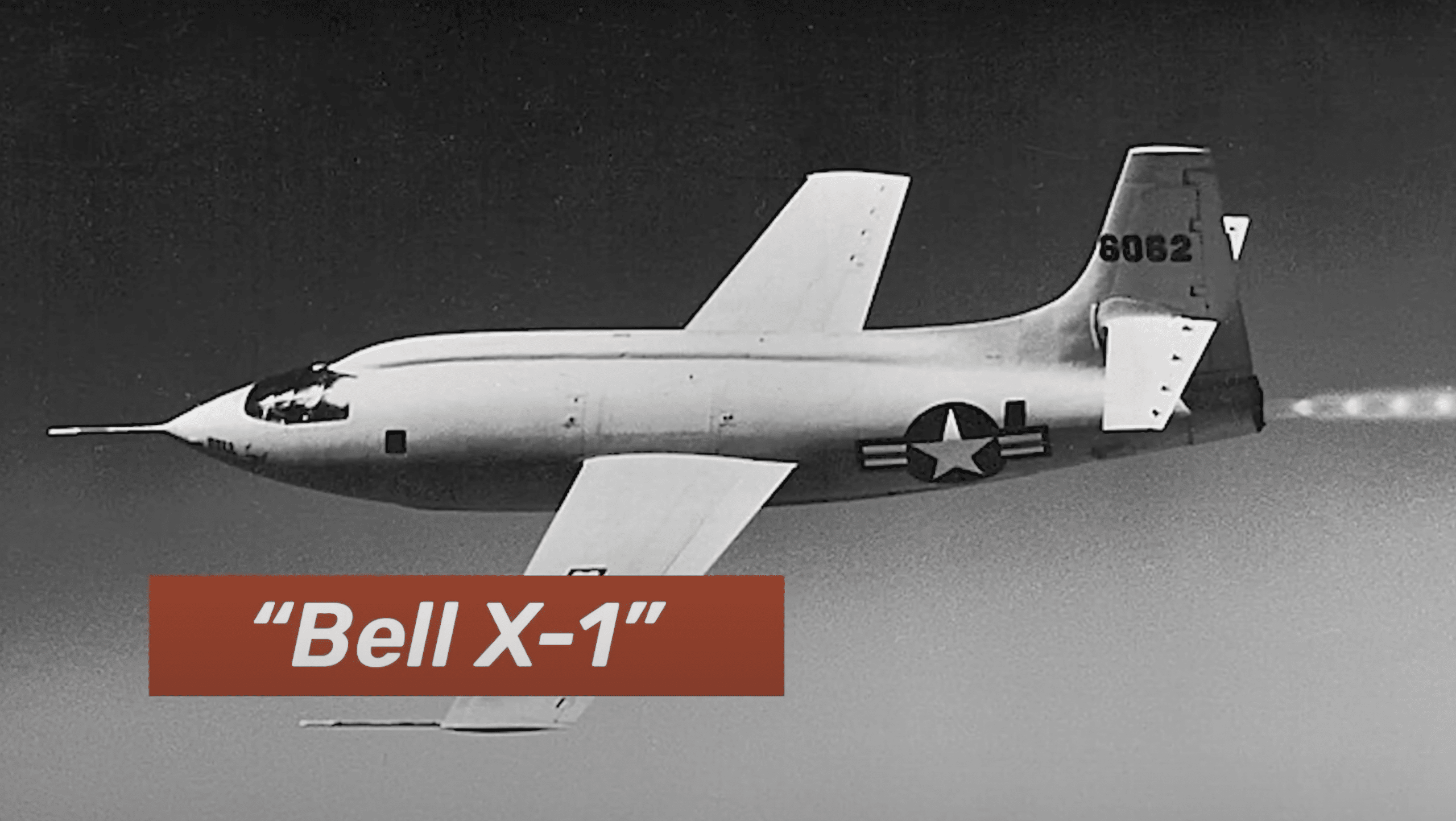
X Planes aren’t just about speed, however. In 1984, the backward-winged Grumman X-29 became the most unstable aircraft ever built. Regardless, its highly innovative fly-by-wire flight controls and advanced lightweight composite materials would go on to become a standard in both tactical and commercial aircraft designs.
Record-breaking Firsts
Then, in 2013, Grumman’s X-47B became the first pilotless tactical jet to perform both take-offs and landings aboard an aircraft carrier. It made history again two years later when it participated in the first-ever autonomous aerial refueling. These capabilities have become the backbone of the US Navy’s MQ-25 Stingray Program.
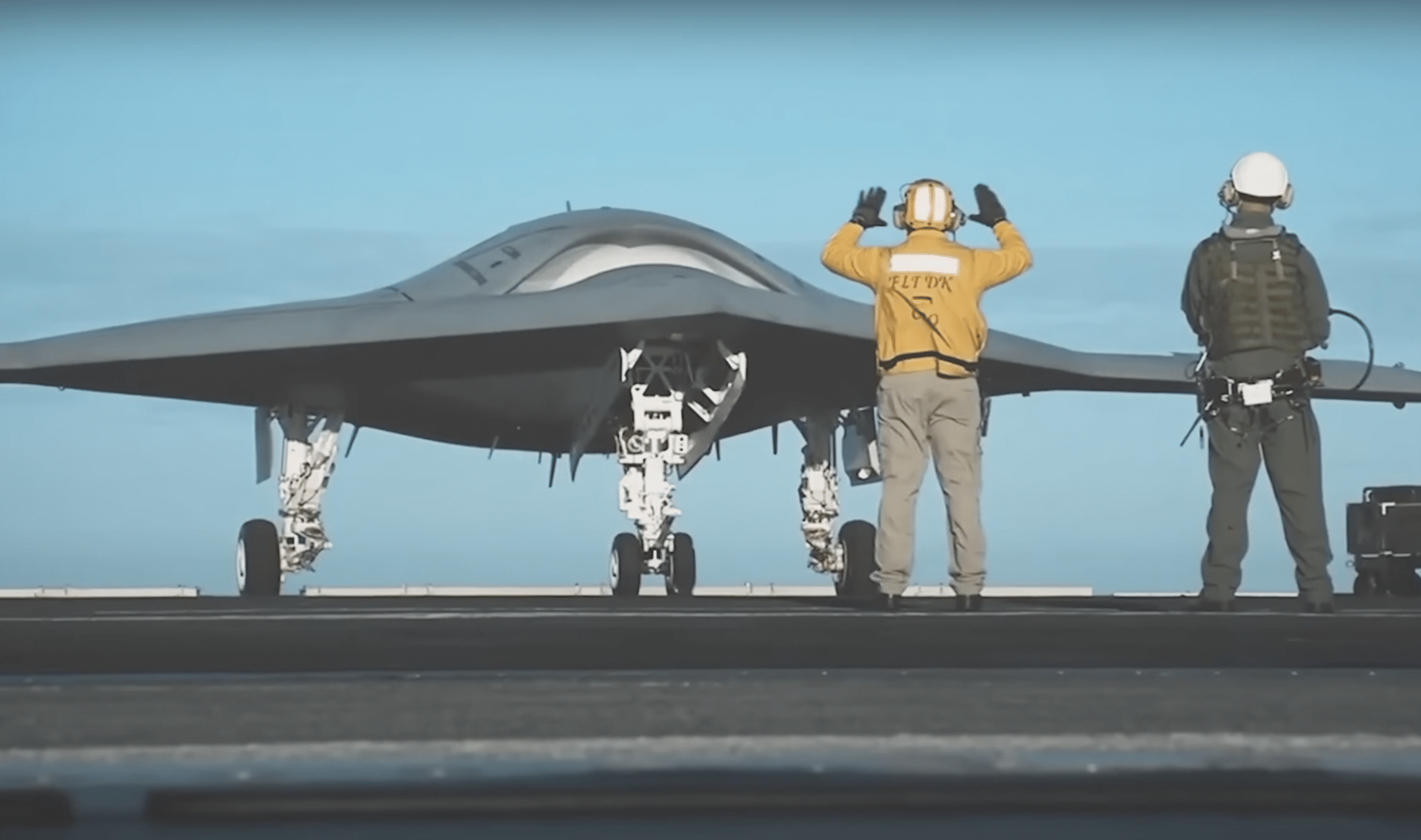
Over the years, the US’ experimental programs have been renowned, not just for their record-breaking firsts, but also for their ability to bring new technology, materials, production methodologies, and aviation concepts to life. In fact, many of these concepts would go on to become the foundational aspects of aerospace development over the years.
X-65 Crane
DARPA’s X-65 Crane aims to get rid of the need for primary moving flight control surfaces. This could possibly lead to the biggest shift in aircraft design since the development of stealth over a century ago.
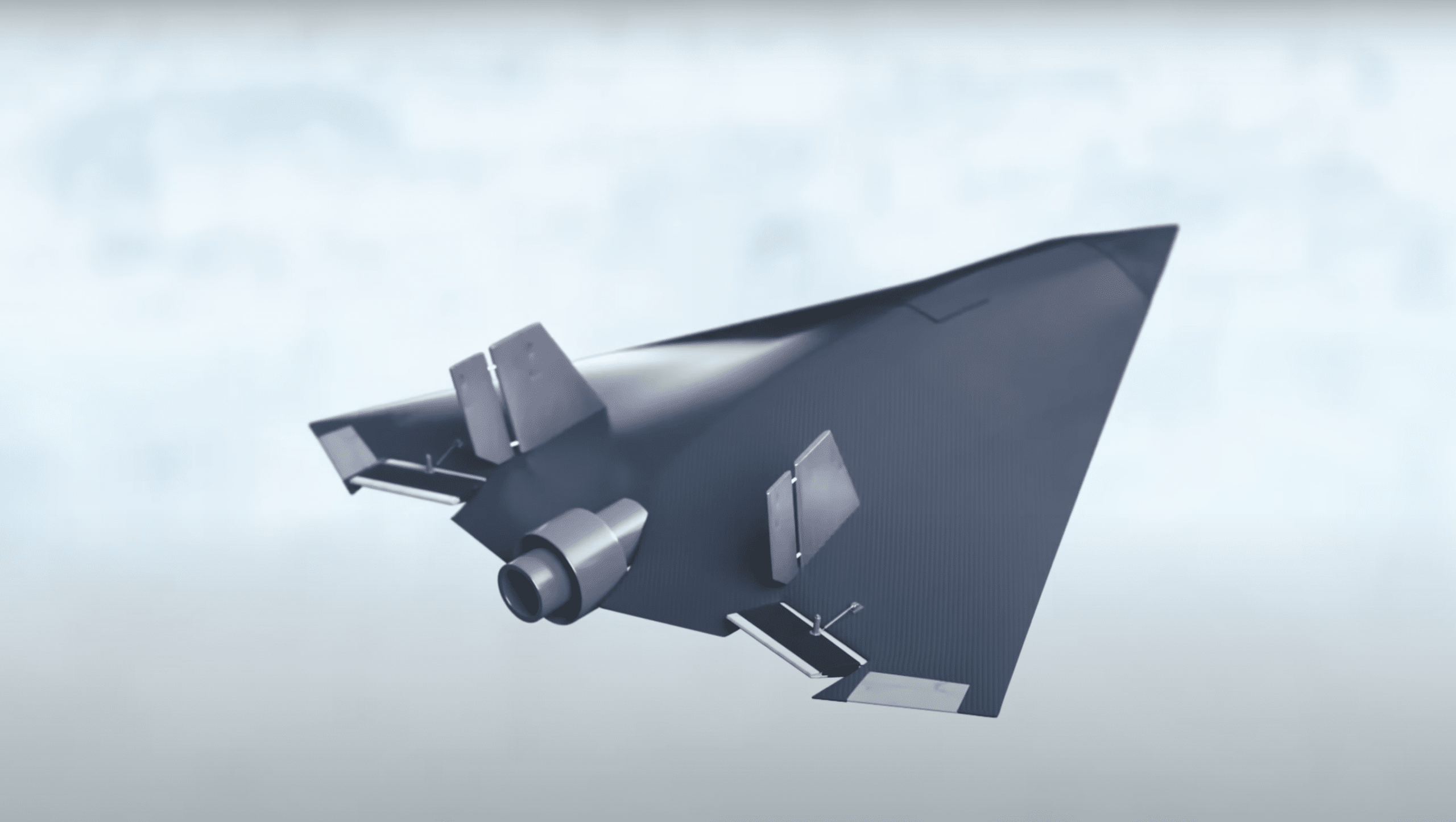
It uses the concept of active flow control – using one or more systems to do the job without any real exposed moving parts. Renders of the X-65 released by DARPA show 14 active flow control arrays positioned in a co-planar joined wing with twin tails. It’s expected to start flight tests in 2025.
X-62 Vista
This heavily modified block 30 F-16D Fighting Falcon is one of the most maneuverable fighters, thanks to its multi-access thrust vectoring nozzle that allows onboard flight computers to orient the outflow of the engine’s thrust independent of the aircraft itself.
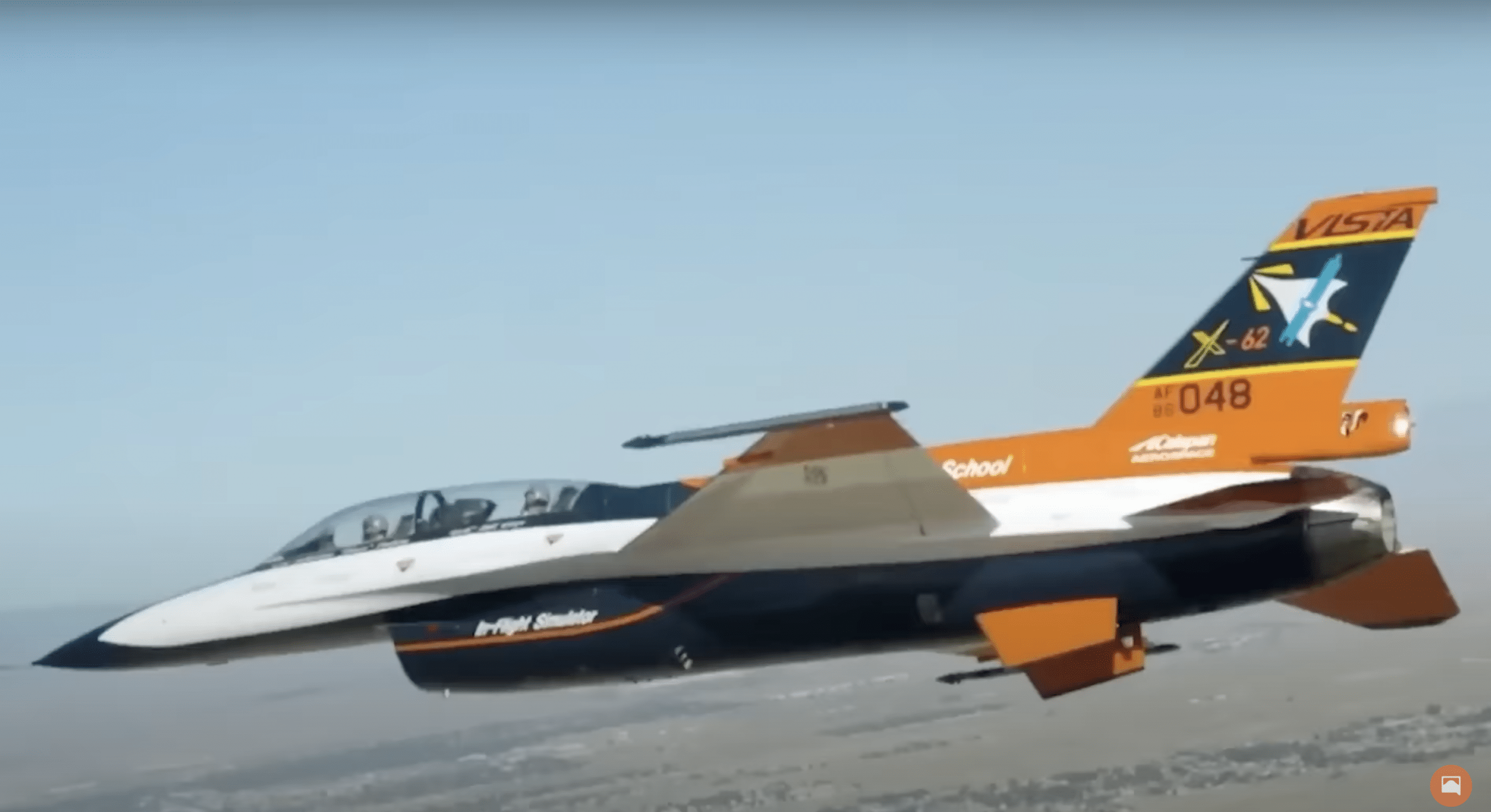
What earned the Vista its new X Plane status, however, wasn’t its ability to mimic other planes. Rather, it was its ability to accommodate artificial intelligence, allowing it to test AI fighter pilots, and let these AI agents fly alongside real human operators in the cockpit.
X-61 Gremlin
The X-61 promises to turn America’s cargo aircraft into drone-packed aircraft carriers. The X-61a is a low-cost airframe specifically designed to mature technologies associated with the launch and recovery of drones in flight.
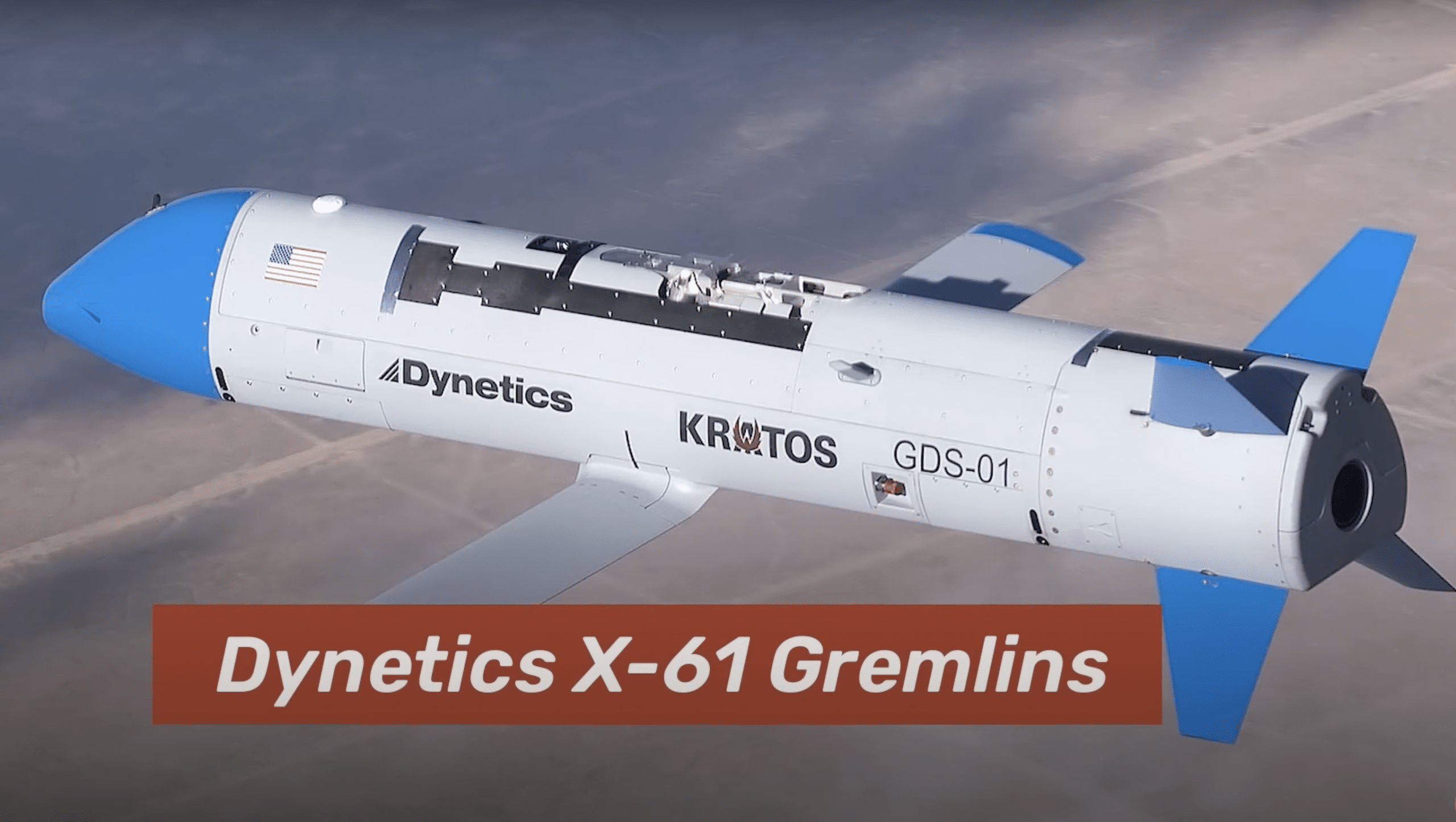
The Gremlin is about a third of the size of an F-16 and can be deployed at the back of an airborne C-130. Powered by a single Williams F-107 engine, it can sustain speeds of up to 460 miles per hour and cover ranges up to 300 miles before being recovered by the same or another mothership cargo aircraft.


